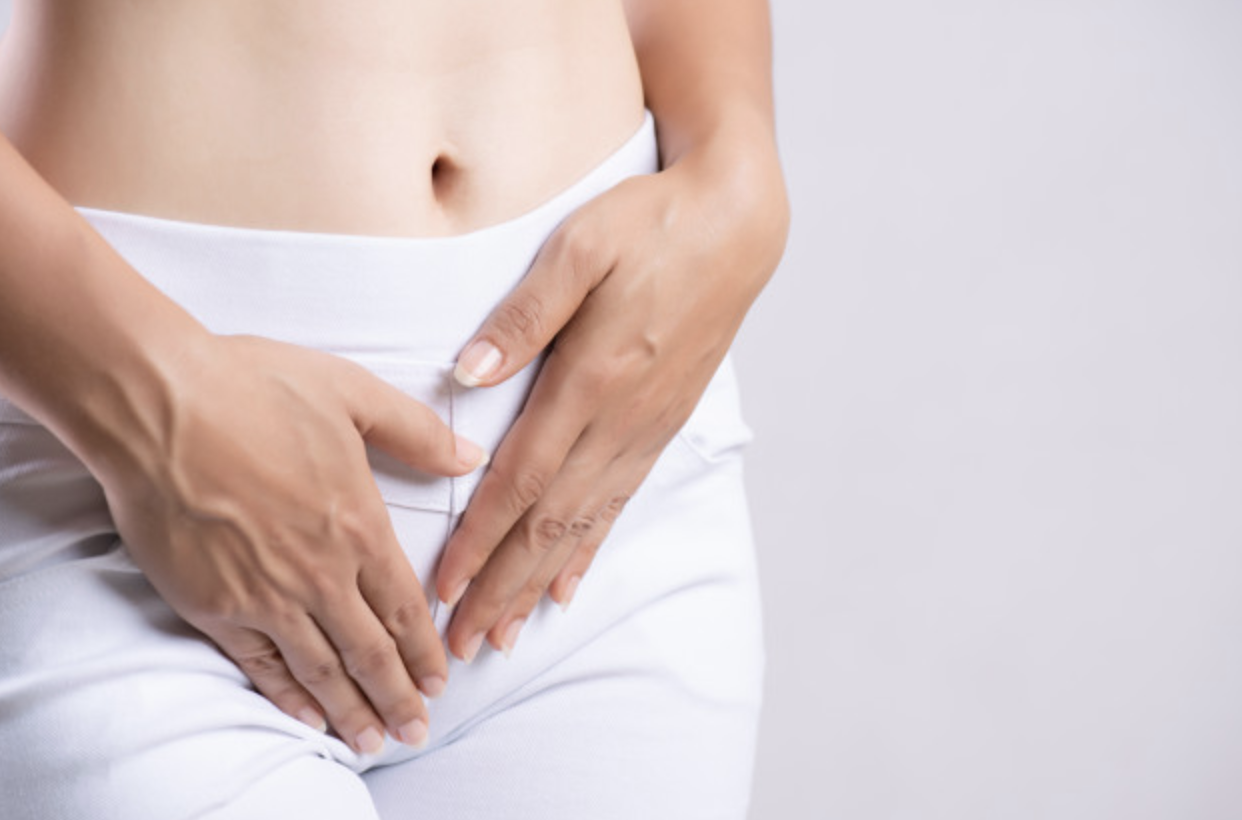
Pelvic floor dysfunctions in women can occur mainly in two phases of life when these areas are weakened: maternity (pregnancy and postpartum) and in the transition period towards menopause.
The pelvic floor is a muscular and ligamentous structure that closes off the lower abdominal cavity and provides adequate support for three systems: the reproductive, digestive (rectum) and urinary (bladder and urethra). It is very important to maintain good health as it supports vital functions such as sexuality, continence of urine and faeces and reproduction, and any dysfunction should be treated to prevent further problems.
It is recommended to strengthen and rehabilitate this area on a daily basis, but we must be aware of the importance of taking proper care of it, especially after the age of 30.
This type of pain is characterised by localised pain in the pelvis, perineum or both areas (including intrapelvic organs such as the vagina) for more than 6 months. This pathology affects a large number of women and can be very disabling.
It may be a symptom of another disease or it may be a condition in itself. The causes of this pathology can be diverse: infection, inflammation, involvement of pelvic organs such as the bladder, rectum or vagina.
It is usually accompanied by alterations in mood and behaviour. It can also cause sexual, gynaecological and gastrointestinal disorders, and urination disorders such as difficulty urinating or increased frequency of urination and urgency to go to the toilet.
Interdisciplinary teams of physiotherapists, urologists, gynaecologists and psychologists are required to deal with this diverse and difficult to diagnose pathology in order to rule out other pathologies and optimise our patients' treatments.
Hence the importance of centres such as GUA, where we have renowned professionals specialising in this type of pathology who work closely together, applying a methodology of meticulous study to each case.
In this way, we rule out each of the possible causes of pain until we find the root of the problem: infection, muscle contraction, obstruction, myofascial syndrome, pudendal nerve entrapment, among others.
Communication is generated between all the specialists to make a differential diagnosis through interdisciplinary sessions whose objective is to find the cause of the problem and offer the best solution to the patient.
Compression of this nerve characteristically generates neuropathic, paroxysmal, burning or lancinating pain, which may remain after the painful stimulus has disappeared and is distributed in the labia, scrotum or anus, normally appearing after ejaculation or orgasm in women.
It is also aggravated by posture when sitting for long periods of time. It can also lead to visceral symptoms such as impaired bladder emptying, with urinary urgency, painful bowel movements, pain after defecation or a foreign body sensation in the rectum.
It is a very complex pathology that sometimes takes years to diagnose due to the imprecision of its symptoms. At our centre, we work in collaboration with our team of urologists to try to shorten the diagnosis time.
Treatment should be progressive and we always start with manual physiotherapy and sometimes combine it with anaesthetic injections with corticosteroids or punctures. Depending on each patient and their case, our specialists determine the optimal treatment for each patient.
The treatment of breast cancer has an influence on the quality of the vaginal and urethral mucous membranes due to its relation to hormone levels. This influence of hormonal deficiency has as a side effect pain in sexual relations and urination disorders. Physiotherapy associated with certain supplements helps us to improve and solve these side effects to a certain extent.
Rectal cancer and anal incontinence as a post-surgical sequel to chemotherapy and radiotherapy treatment is a very frequent complication in this type of cancer. Re-education of the pelvic floor as responsible for continence is one of the treatments of choice, associated with the modification of certain habits.
In our centre we work in an interdisciplinary way with the rest of our team of professionals such as gynaecologists and urologists.
Sometimes, each specialist can apply his or her treatments to each stage of the disease in a personalised way in order to optimise the results for patients who at difficult times need the best help quickly so that they can get back to their lives quickly.
What effects does the menopause have on women?
Menopause is the time that marks the end of menstrual cycles. It is a natural biological process. However, it is possible to experience symptoms that alter physical and emotional health.
The menopause takes its toll on the female body as the body ceases to produce oestrogen and progesterone.
In addition, there is an impact on the pelvic floor musculature and its ligaments. As the vaginal and urethral tissue is not under the effect of progesterone, the vaginal mucosa can become altered, leading to atrophy. This alteration expresses its problem in the pelvic floor musculature.
What can happen to the pelvic floor during menopause?
The problems that women may experience during the menopause related to the pelvic floor are: pain during sexual intercourse, vaginal dryness, prolapse (sensation of a lump or protrusion of organs in the vagina).
Establishing pelvic floor care from an early age is fundamental and a priority for a woman's long-term quality of life.
How can we deal with it?
At our Urology and Andrology centre, we deal with these pathologies in an interdisciplinary way due to possible urinary and/or gynaecological problems. Our physiotherapy treatments offer an optimal solution for women and can accompany them at every stage of their lives without compromising their quality of life.
Pelvic floor rehabilitation treatment with manual therapy or Kegel or strengthening exercises increases pelvic floor contractility. These therapies can be combined with hormone therapy and other treatments.
In sexual intercourse, pain and discomfort are not normal.
Vaginismus:
It is an involuntary spasm of the pelvic floor muscles, of psychological origin. It is a contraction of the musculature that prevents penetration and the entry of a finger or any object.
It can be primary (when it occurs from the first intercourse) or secondary (when it occurs after a painful or traumatic experience).
Dyspareunia:
This is the pain that occurs during sexual intercourse. It can be located at the level of muscular or at the level of visceral (ligamentous) planes. The muscle expresses a response of contracture and spasm that inhibits or reduces the phases of sexual function, arousal, lubrication, orgasm and thus satisfaction. Manual therapy and behavioural counselling help to resolve these conflicts.
Do not hesitate to consult our specialists to find out about the treatments we offer to solve your problem.
If you are experiencing pelvic floor problems, wait no longer. Schedule your consultation with our pelvic floor rehabilitation specialists and take the first step towards a healthier, more comfortable life.


